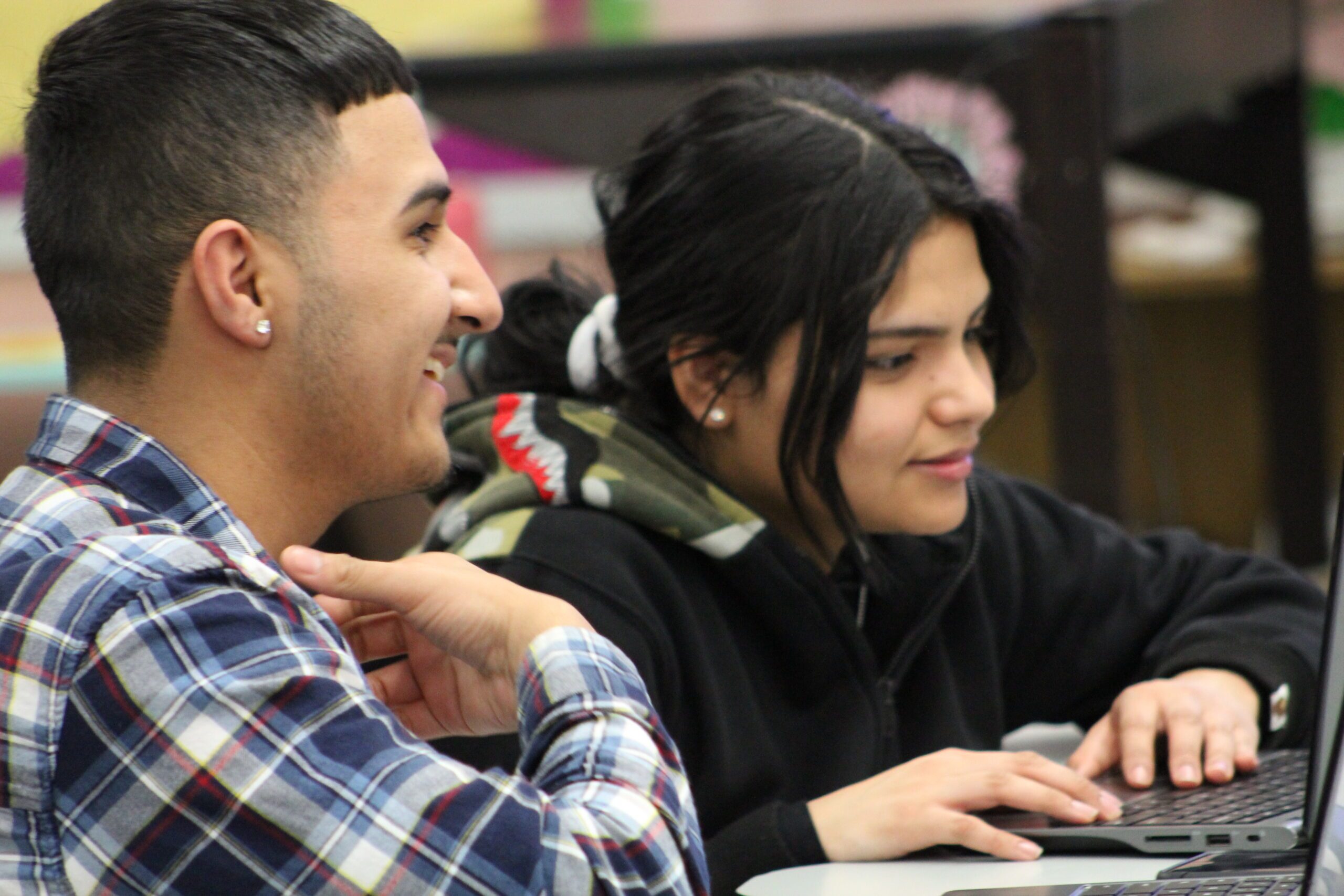What if understanding the system isn’t enough?
February 21, 2021

by Brenda Campbell, SecureFutures President and CEO
As we head into the second semester of this unusual school year, the SecureFutures team continues to put energy and focus toward deepening our commitment to racial justice, equity, and inclusion. This commitment is built into our strategic plan across all areas, from marketing to curriculum development, and continues to be a priority.

I’ve also been thinking about how teen financial education intersects with larger systems. Our mission focuses on knowledge and access: we want teens to understand how the financial and banking system works so they can make choices and develop habits that allow them to succeed and thrive.
Sometimes, though, just understanding the system is not enough. In many cases, there are deeper changes needed in the system itself. A recent report by McKinsey highlighted how the racial wealth gap is not improving, and actually worsening, growing from about $100,000 in 1992 to $154,000 in 2016. This reality has roots in historic practices like segregation and redlining, but it is not confined to the past. Unjust practices such as discriminatory lending, wage disparities, and banking deserts continue, and are impacting not only Black families and communities, but our economy as a whole, to the tune of $16 trillion since 2000.
I’ve asked myself: how can we be part of the bigger changes that are needed, while still concentrating on our specific mission? How can we make the existing system work for teens we serve AND advocate for changes to increase equity in the future?
Though we’re not experts on the complexities of inequities within the financial services system, we HAVE seen the impact of those inequities firsthand as we walk with teens and their families along the path to financial capability.
I’ve heard from teens from minority communities who walk into a bank to open an account, are ignored or treated dismissively, and walk right out again with their trust in the banking system further eroded. I’ve heard from others who haven’t even considered using a bank because there isn’t a branch in their neighborhood — instead, there’s a check cashing store on every corner, charging exorbitant fees and engaging in predatory lending practices that trap families further in a cycle of poverty.
 As we continue to support teens in financial learning, I see our role as an intermediary between teens and financial institutions. Through education, tools, and mentorship, we help students become more comfortable with banking and financial management institutions and remove barriers to access. Through sharing our students’ experiences, we can help financial institutions understand specific needs and ways in which the systems need to change in order to fully and equitably serve all customers, not just some.
As we continue to support teens in financial learning, I see our role as an intermediary between teens and financial institutions. Through education, tools, and mentorship, we help students become more comfortable with banking and financial management institutions and remove barriers to access. Through sharing our students’ experiences, we can help financial institutions understand specific needs and ways in which the systems need to change in order to fully and equitably serve all customers, not just some.
Today, I ask a question of the many banking and financial institutions who generously support our work: how can we translate our direct experiences with teens from underserved communities into knowledge that will help serve them better? Let’s commit together to building a system in which we can all thrive.
